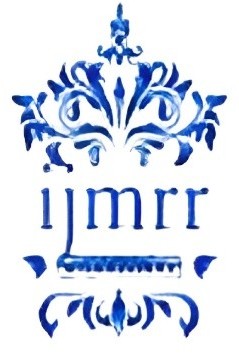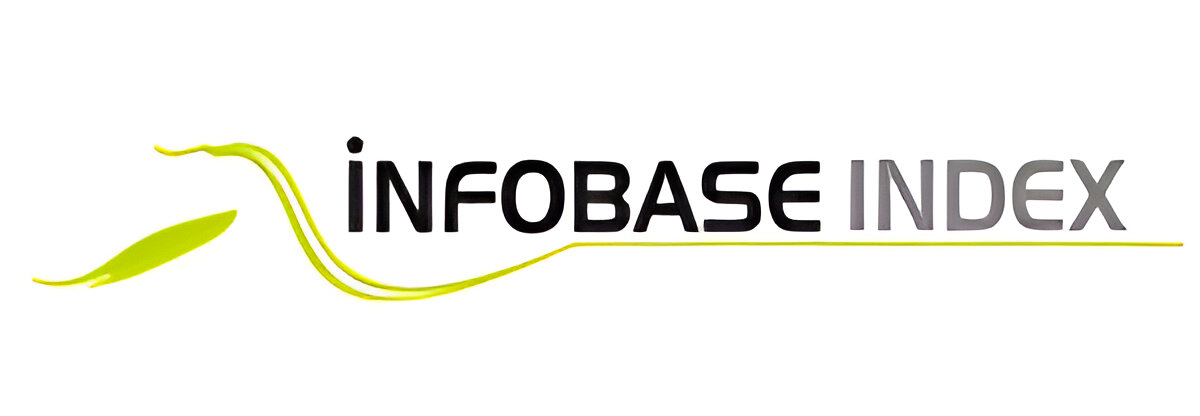Pneumonia Detection Using Deep Learning
Abstract
Pneumonia is a potentially life-threatening lung
infection that requires timely and accurate
diagnosis for effective treatment. Traditional
diagnostic methods, such as chest X-rays
interpreted by radiologists, can be time-consuming
and prone to human error, especially in resourcelimited
settings. This study explores the application
of deep learning techniques, specifically
convolutional neural networks (CNNs), to automate
and improve the accuracy of pneumonia detection
from chest radiographs. We utilized a publicly
available dataset of labeled chest X-ray images,
preprocessed the data, and trained multiple CNN
architectures, including ResNet, DenseNet, and
VGG, to classify images as pneumonia-positive or
normal. The models were evaluated using metrics
such as accuracy, precision, recall, and AUC-ROC.
Our results demonstrate that deep learning models
can achieve high performance, with the bestperforming
model achieving an accuracy of 94.3%
and an AUC of 0.97. These findings suggest that
deep learning can serve as a valuable tool to assist
radiologists and healthcare providers in the early
detection of pneumonia, potentially leading to
improved patient outcomes.











